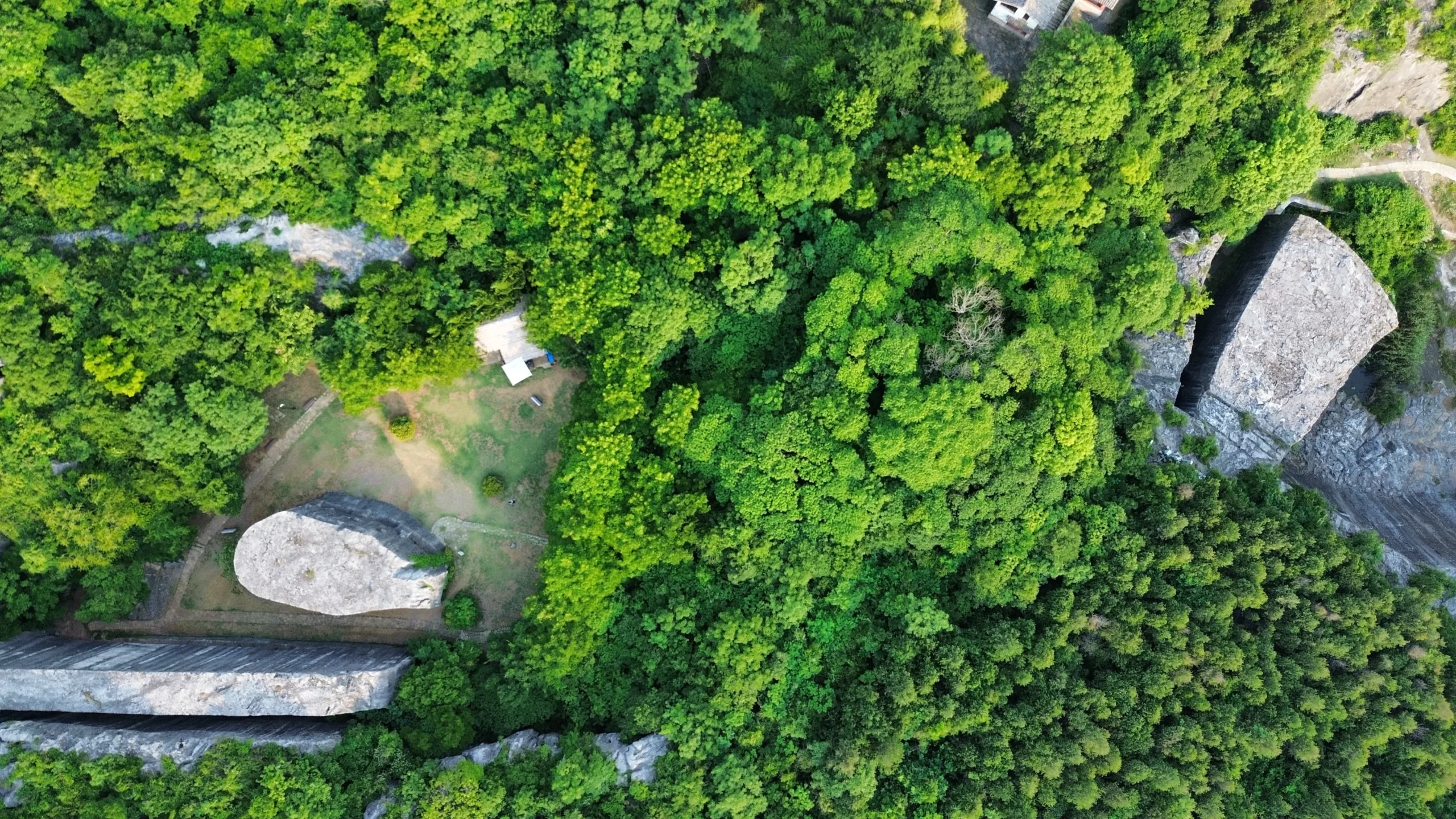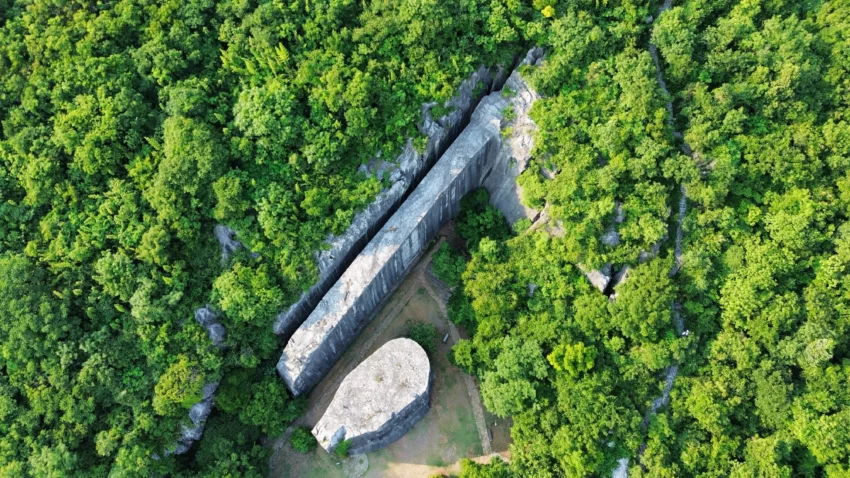Historical Background of Yangshan Quarry in China
The Yangshan Quarry, set in the outskirts of Nanjing, China, is an emblem of imperial ambition. The vast site, home to the renowned unfinished giant stele, showcases the Ming Dynasty’s grand plans. Emperor Zhu Di (1360-1424), also known as the Yongle Emperor of the Ming Dynasty, commissioned the Yangshan Stele sometime during his reign. This colossal monument was intended to honor his father, the dynasty’s founder, Emperor Zhu Yuanzhang.
Get your dose of History via Email
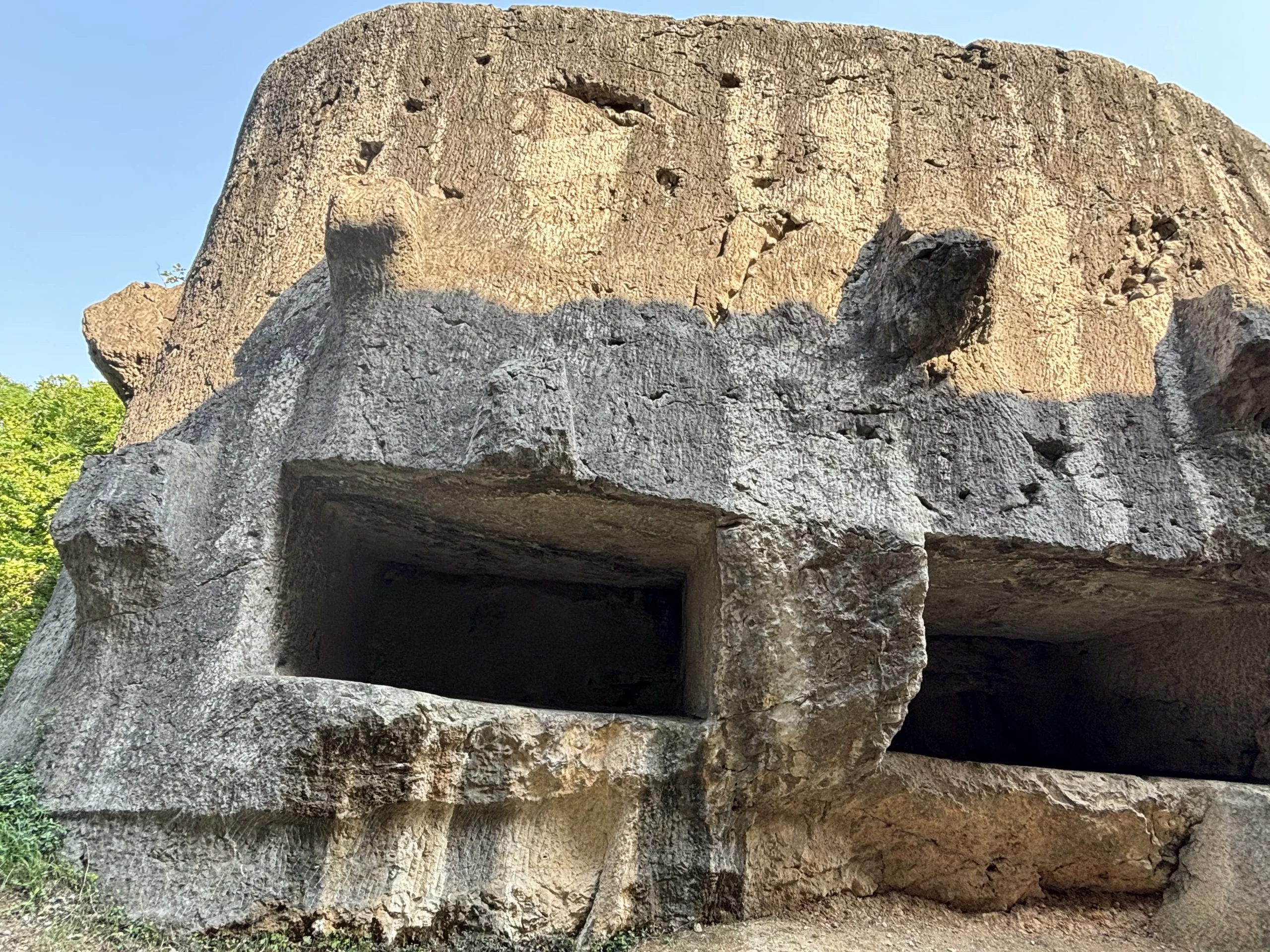
Craftsmen worked to create what would be the world’s largest stele, yet it remained uncompleted. The reasons behind this tell a tale of lofty aspirations that matched the emperor’s vision for his dynasty.
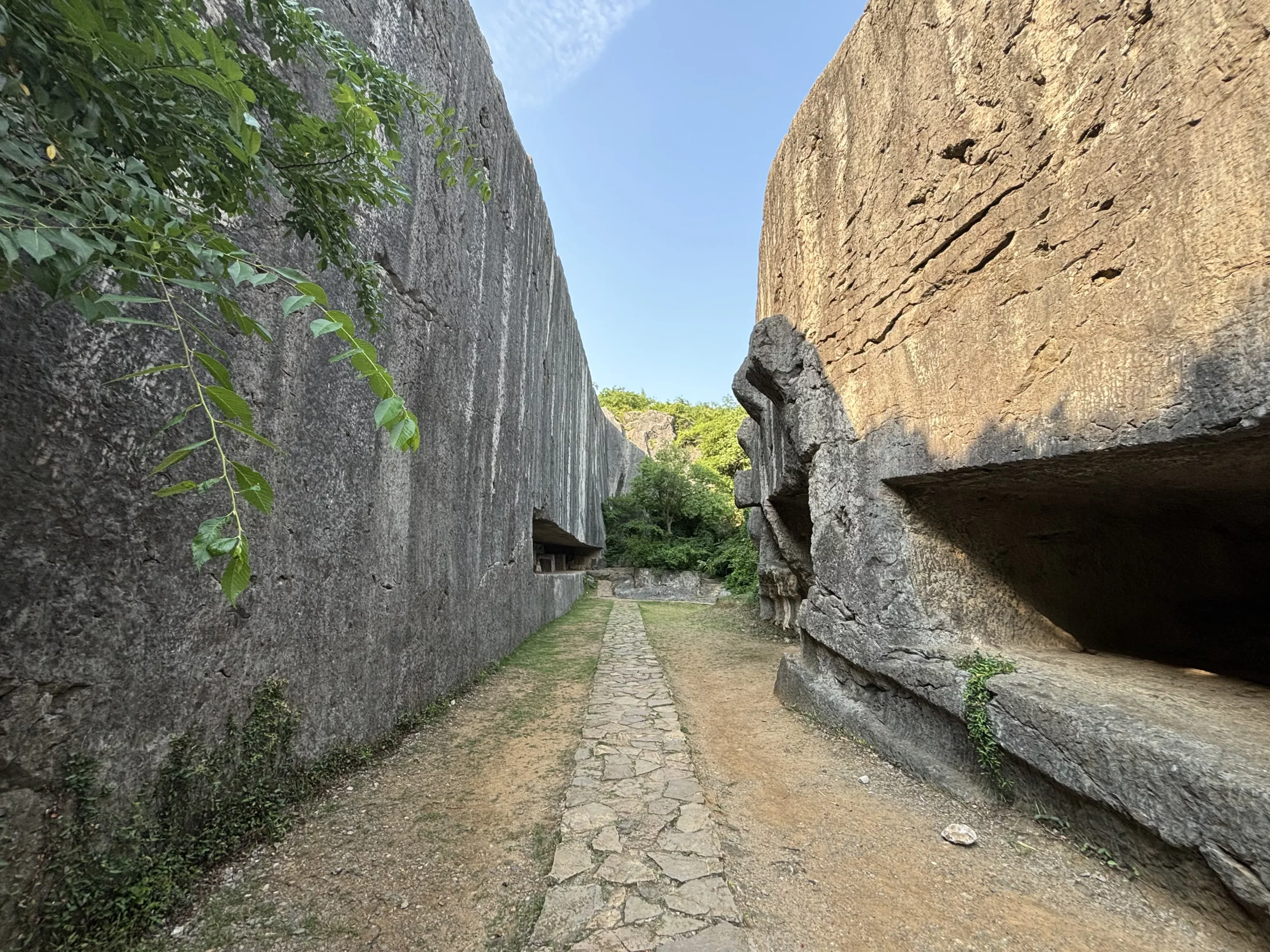
An Unfinished Colossus
The Yangshan Stele, also known as “The Stele for the Great Deeds and Sacred Virtues of Emperor Taizu of the Ming Dynasty,” remains unfinished to this day. Workers meticulously carved the massive stele body, base, and head from the rock face of Yangshan Mountain. These impressive pieces have lain untouched for over 600 years, a testament to both the ambition of the project and the challenges it presented.
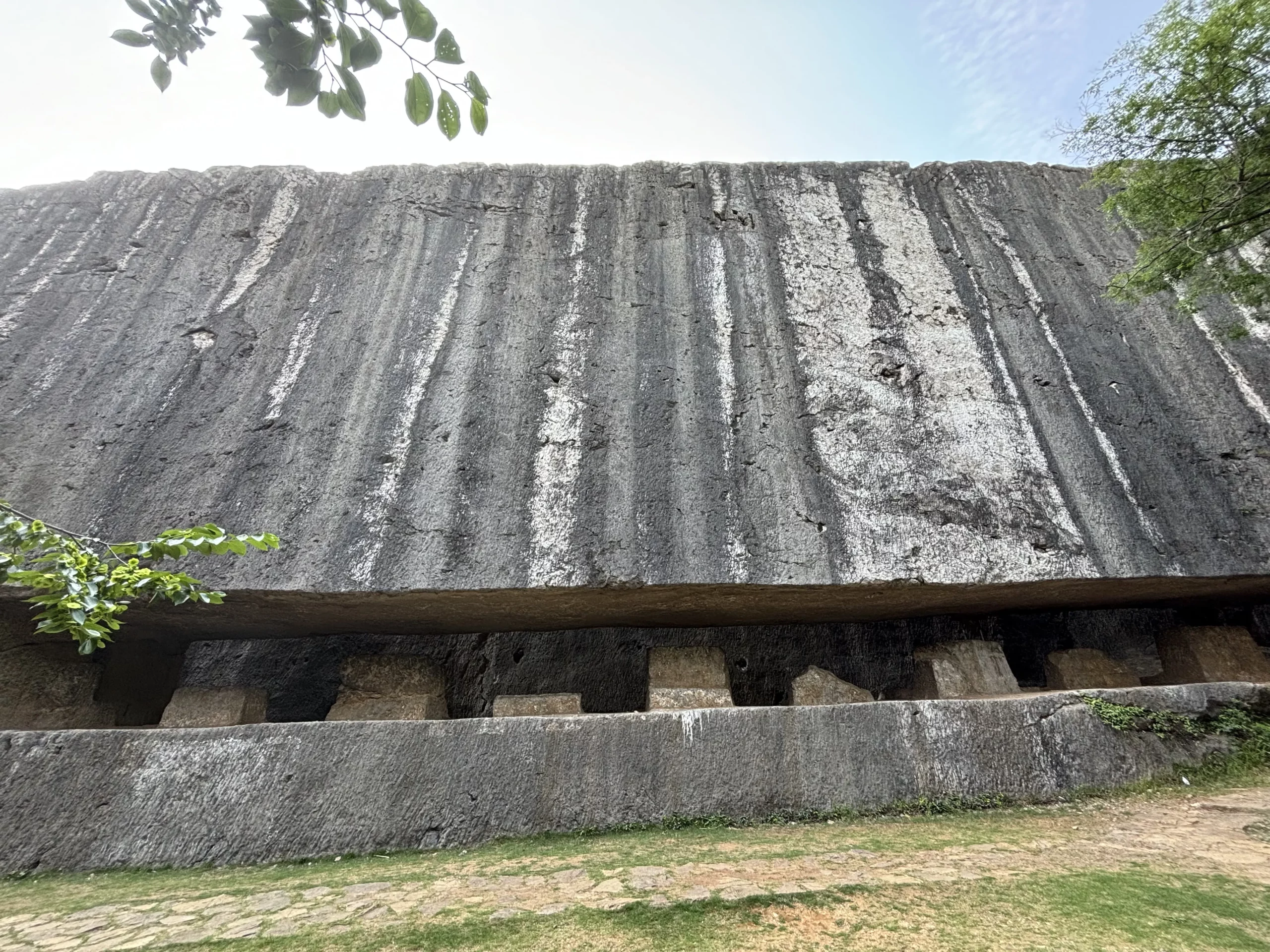
The Yangshan Quarry: A History of Stone
Yangshan Mountain has a long history of quarrying, dating back to the Six Dynasties period. The appeal lies in the unique properties of the stone itself: black, lustrous, and resistant to cracking. Additionally, the naturally occurring horizontal layers made chiseling a more manageable task. These factors reveal a keen understanding of geology by the craftspeople of the era. Interestingly, they even utilized the natural fractures in the rock as a guide for shaping the stele, showcasing their resourcefulness.
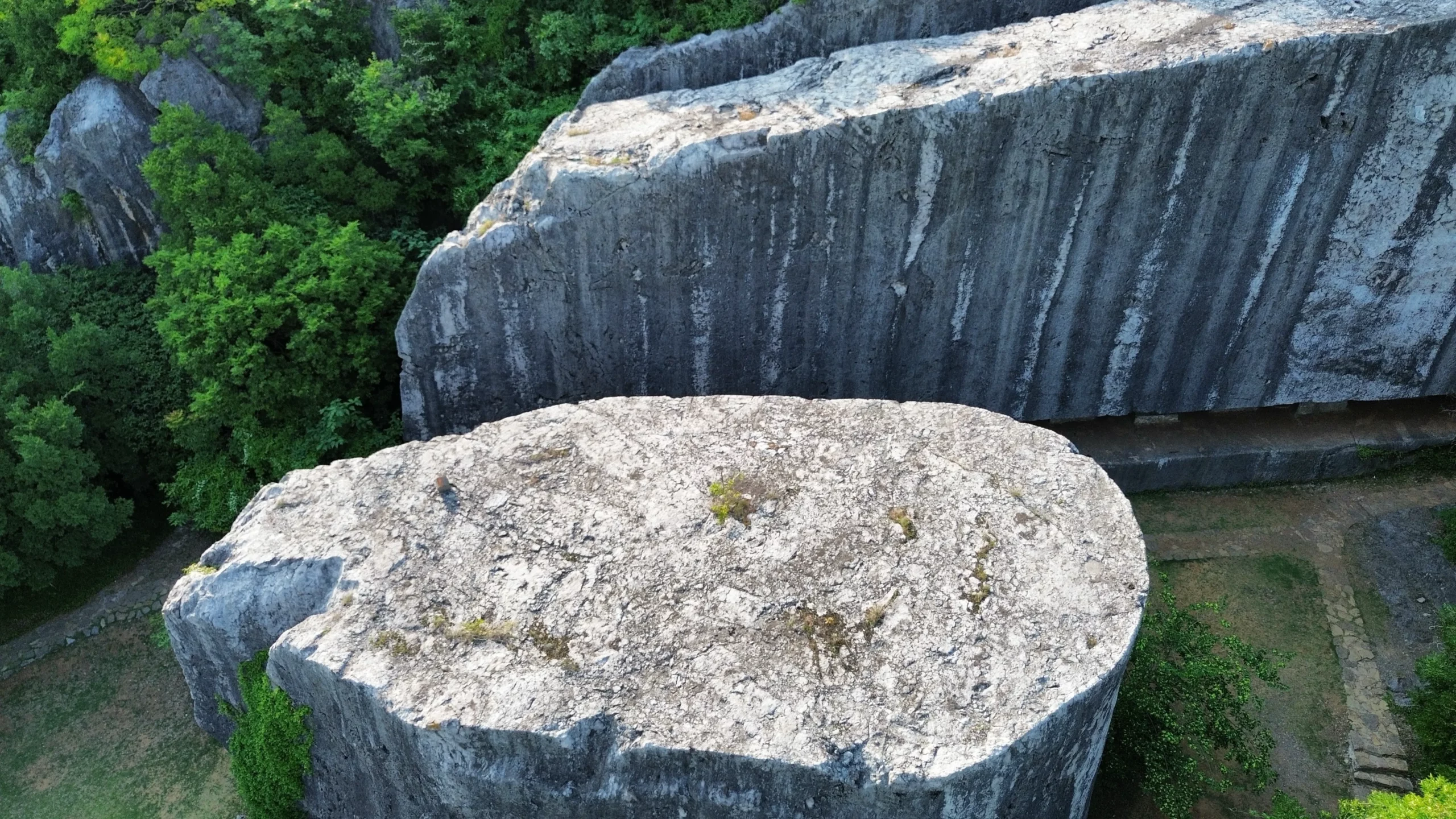
Labor and Loss: The Human Cost
The Ming Code, a comprehensive legal document, details the workforce behind this endeavor. Officials oversaw the design and construction, with supervisors managing the vast team of laborers. This included prisoners, all tasked with chiseling away at the monumental stone. A poem by Yuan Mei paints a poignant picture of their hardships. The harsh conditions claimed many lives, leading to a somber new name for a nearby village – Graveyard Village.
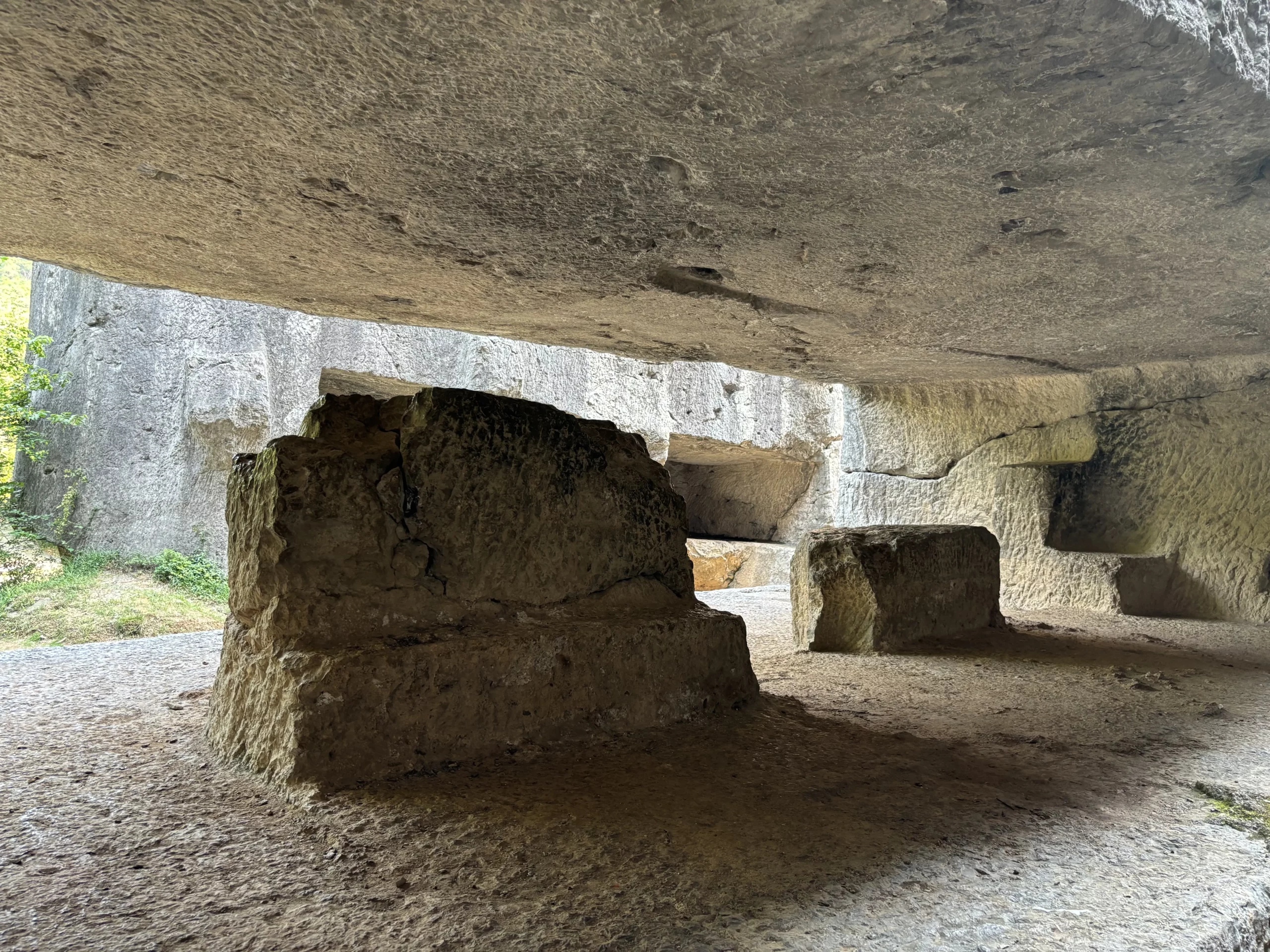
The Imposing Megaliths
The scale of the stele components is staggering. When combined, these elements would have formed a stele reaching 39.59 m and the total weight is 9,677 tons.
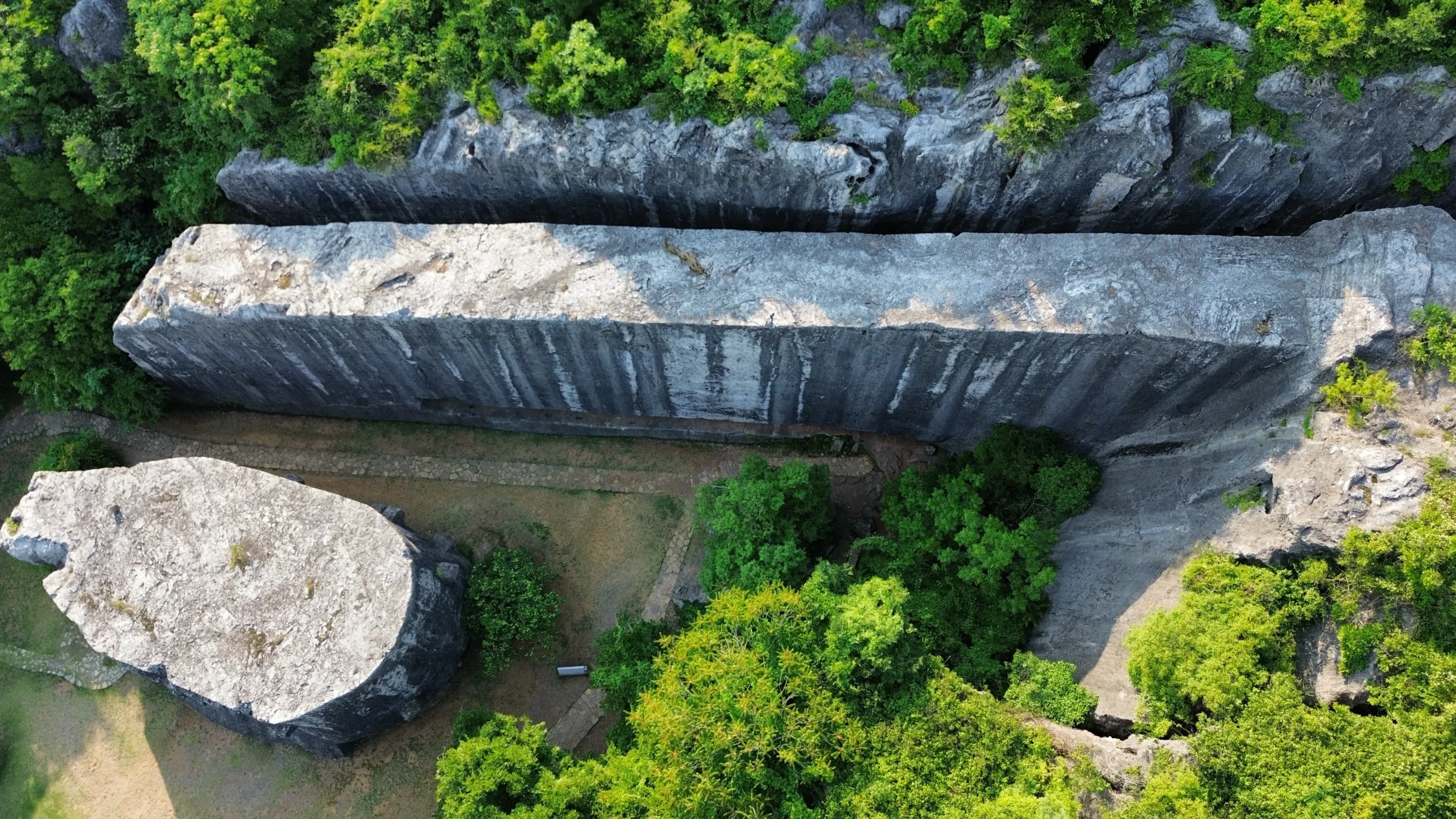
Note that Wikipedia has different metrics to the signs at the Yangshan Quarry itself. Wikipedia lists them as the following:
– Wikipedia: The Stele Base – 30.35 m (99.6 ft) long, 13 m (43 ft) thick, 16 m (52 ft) tall,[3] 16,250 metric tons.
– Yangshan Quarry Site Sign: Stele base – 8.59 m high, 11.64 m wide, 23.3 m thick, 6,198 tons.
– Wikipedia: The Stele Body – 49.4 m (162 ft) long (this would be the height, if the stele were to be properly installed), 10.7 m (35 ft) wide, 4.4 m (14 ft) thick,[3] 8,799 tons.
– Yangshan Quarry Site Sign: Stele body – 25 m high, 9.84 m wide, 4 m thick, weighs 2,617 tons.
– Wikipedia: The Stele Head – 10.7 m (35 ft) tall, 20.3 m (67 ft) wide, 8.4 m (28 ft) thick,[3] 6,118 tons.
– Yangshan Quarry Site Sign: Stele head – 6 m high, 11.74 m wide, 4.6 m thick, weighs 862 tons.
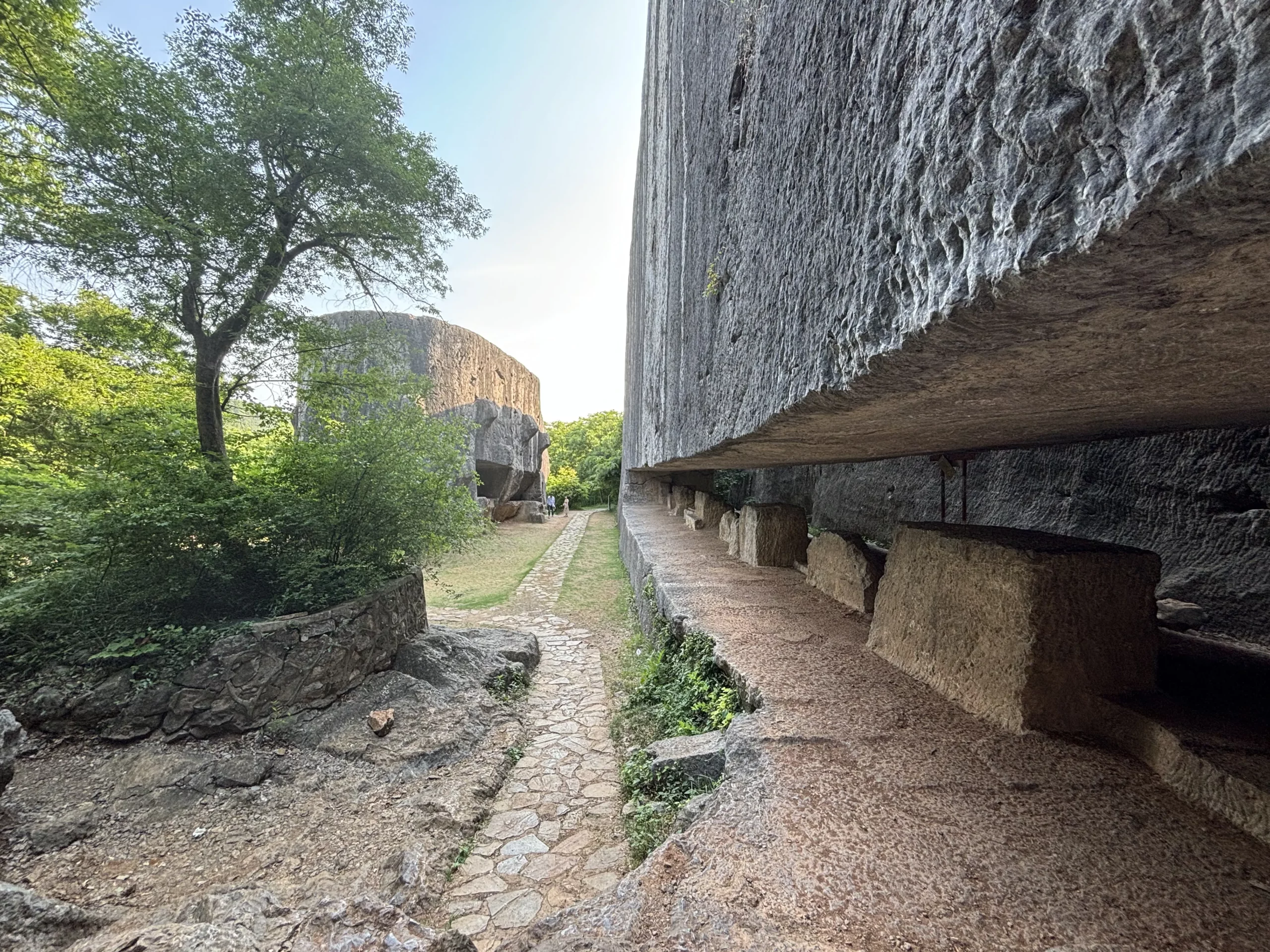
The Stele Head
The 862-ton stele head features prominent knobs that were likely intended as starting points for carving the heads, claws, and tails of two coiled dragons – a powerful symbol in Chinese culture. The presence of 14 “teeth” on the stele head further reinforces the imperial theme, as the numbers 9 and 5 hold special significance in Chinese numerology, often associated with the emperor’s authority.
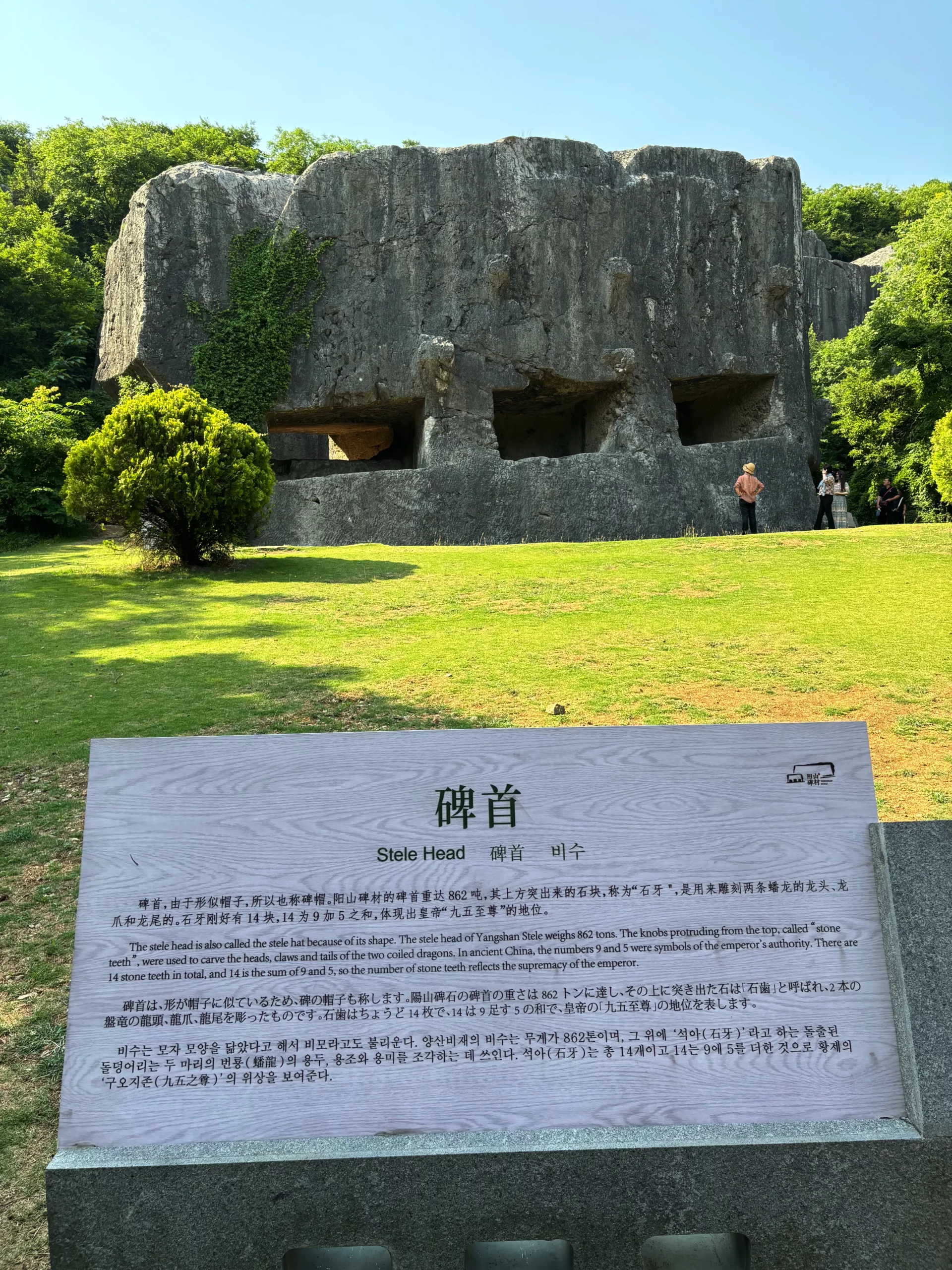
The Stele Body
The 2,617-ton stele body was meticulously carved from the mountainside. Imagine this colossal piece standing 25 meters tall! Interestingly, the northern section remains connected to the mountain itself. Workers strategically left support stones at the base to prevent the stele from breaking apart during transport.
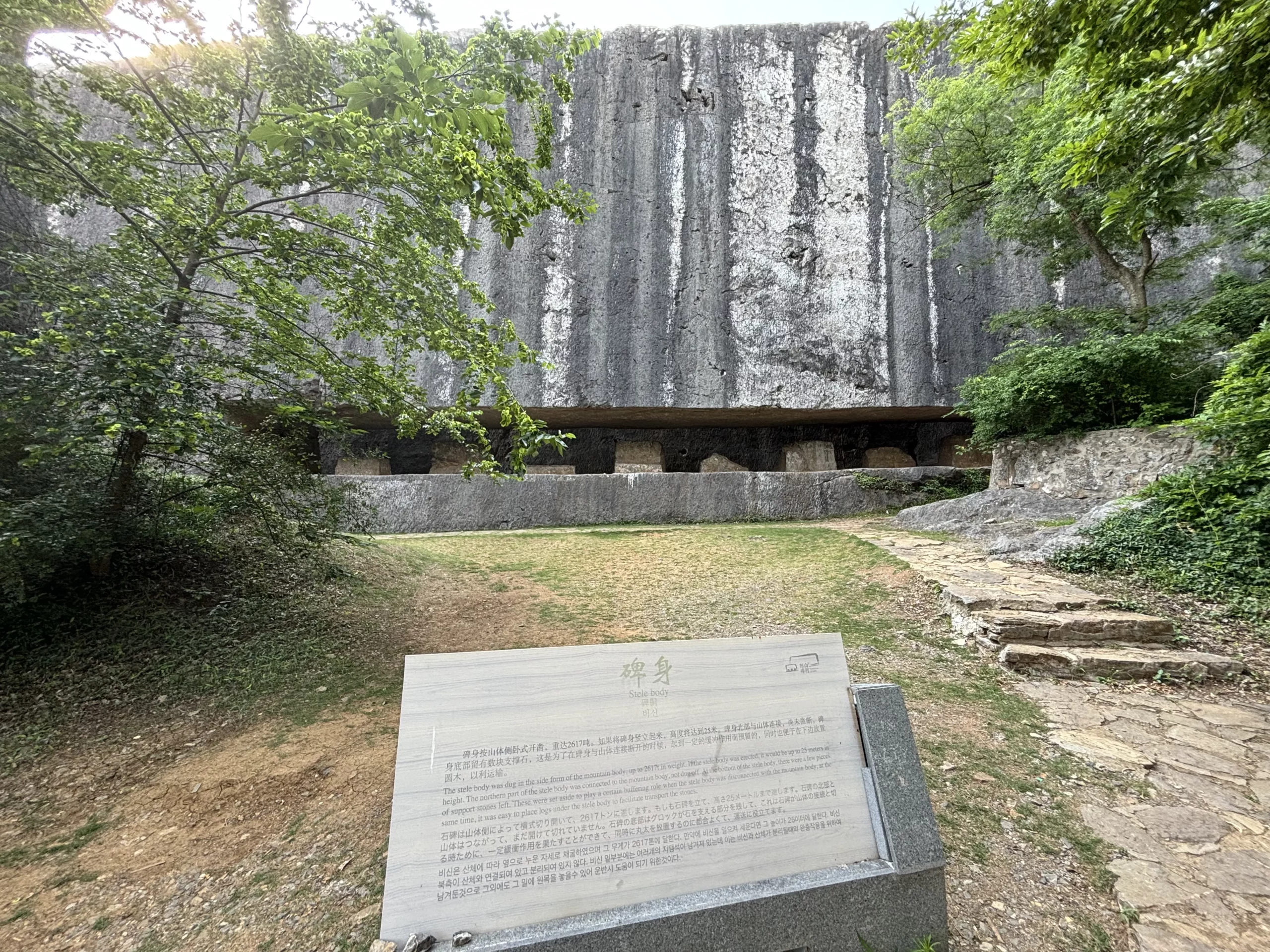
The Stele Base
The massive stele base, weighing 6,198 tons, features three rectangular holes on its lower left side, hinting at the intended method of transportation. Similar to the body, a portion of the base remains fused to the mountain, while another section rests separately. The clean cuts on the stone seem to echo with the sounds of the craftsmen breaking the rock.
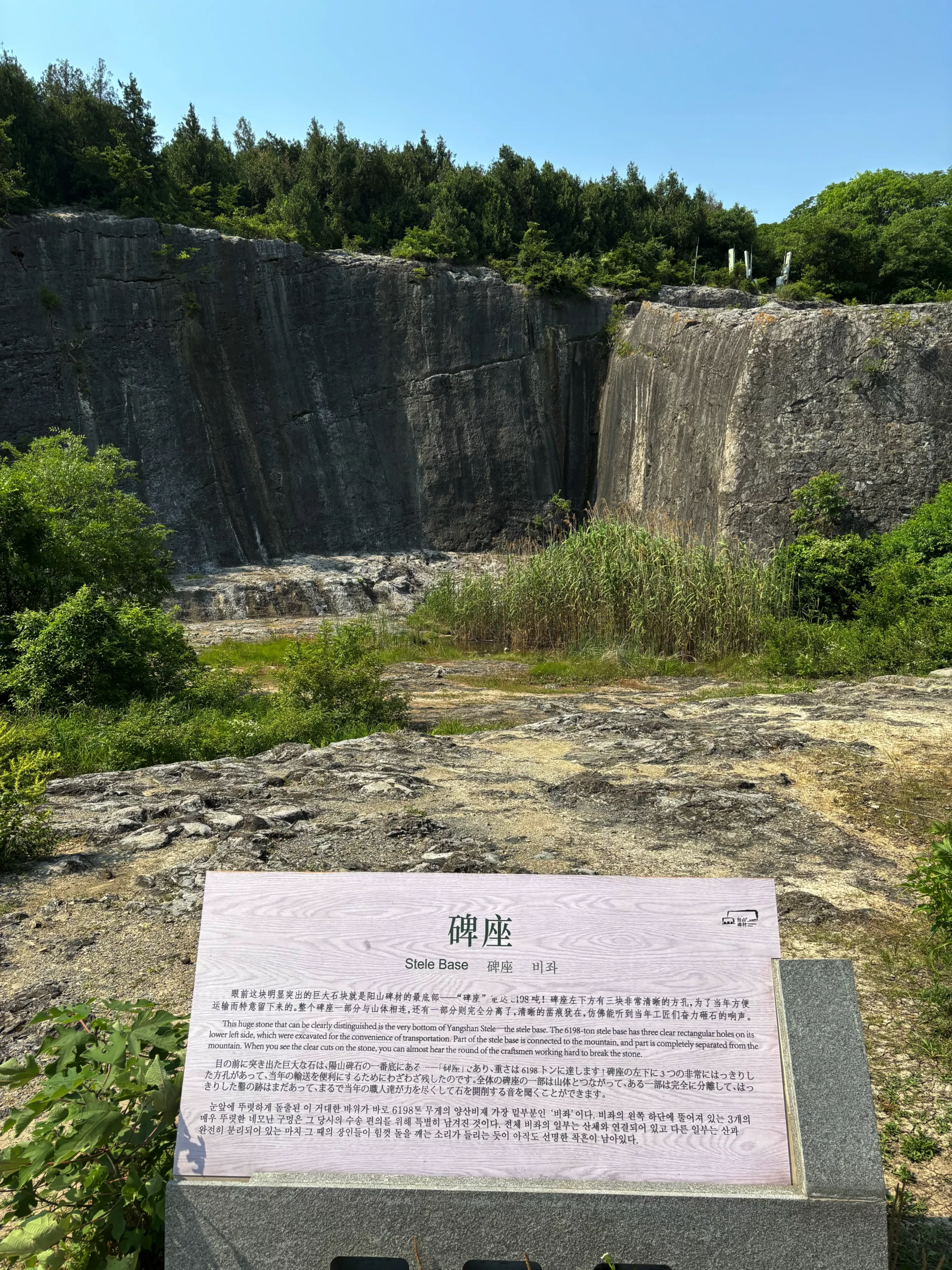
The Unfinished Stele
For reasons unknown, Emperor Zhu Di ultimately abandoned the project, leaving the stele forever unfinished. The sheer size and weight posed a monumental logistical challenge. Historical records mention the arduous 15-year process of moving the 929-ton Jingling Palace Stele in Shandong Province. Folk songs even emerged suggesting that only divine intervention could move the Yangshan Stele, and that the only way to transport it would be if the mountain itself could walk. The true reasons behind the project’s abandonment remain a subject of ongoing research and speculation.
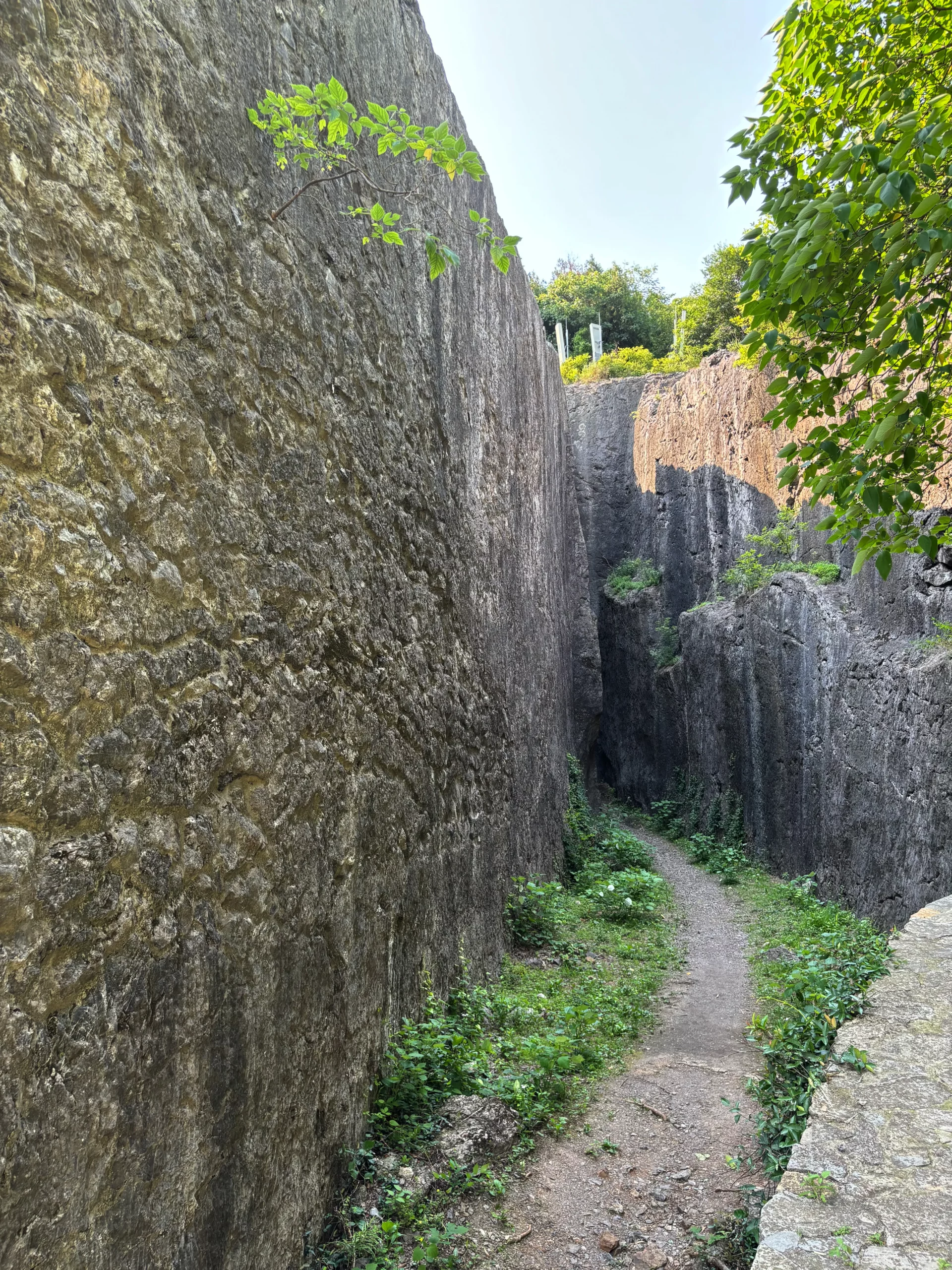
Cultural Significance
The Yangshan Megalithic Quarry’s undelivered stele holds more than just historical value. It symbolizes the Ming Dynasty’s architectural prowess and its deep cultural and spiritual intentions. Legends surrounding its creation, coupled with the vast size of the stele, stir a sense of wonder. It represents an era that revered its ancestors and aimed for monumental tributes to project the power and might of its rulers.
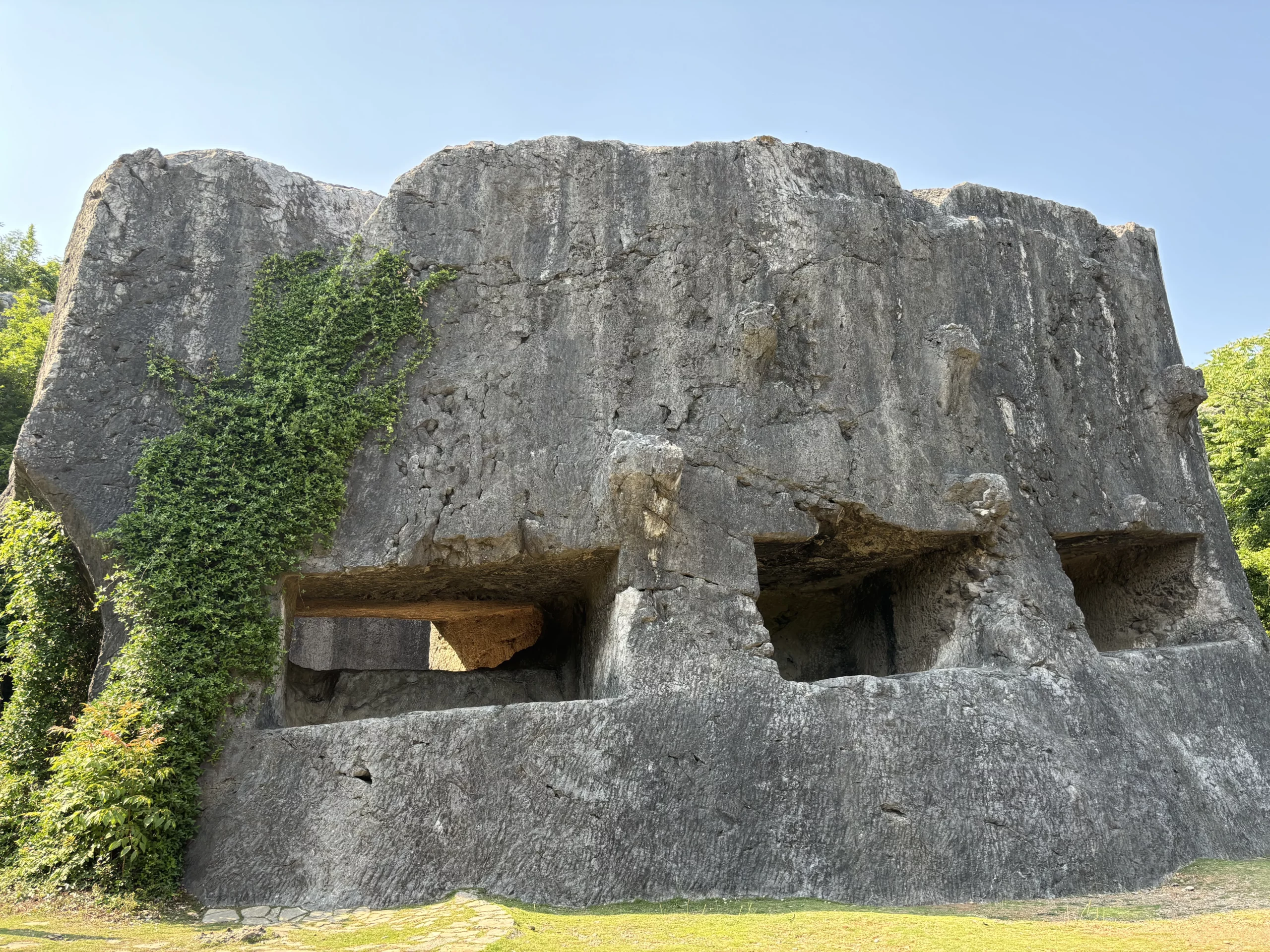
Modern-Day Attraction
Currently, Yangshan Quarry China invites travelers from around the globe, offering a unique glimpse into China’s past. The rugged landscape, characterized by its historic relics, has become a sanctuary for historians, archaeologists, and tourists alike. It stands as a pivotal educational site, providing insight into the complexities and scale of ancient Chinese quarrying techniques and their undying will to craft history in megalithic stone.
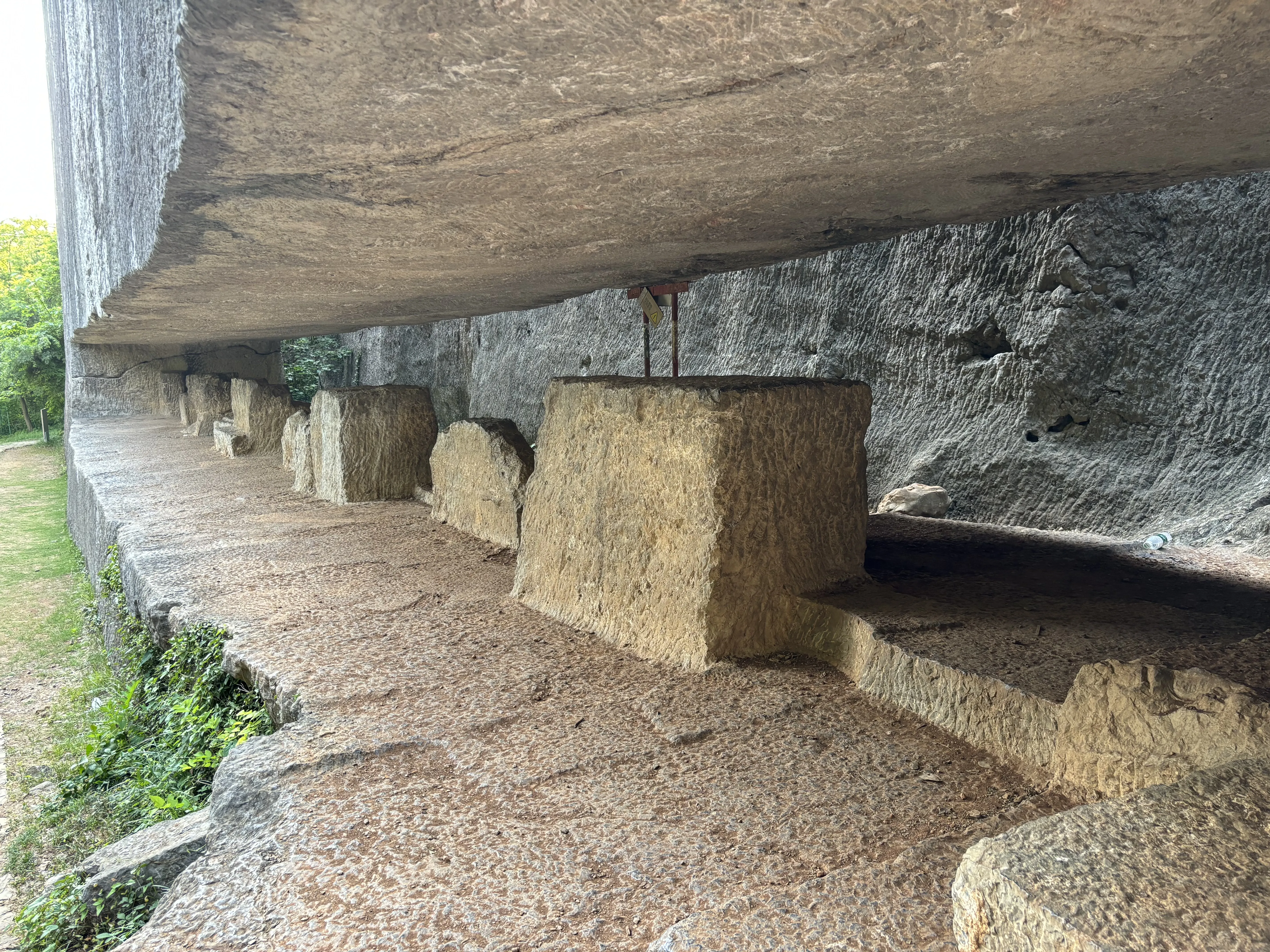
Conclusion and Sources
The Yangshan Quarry’s remnants stand as mute witnesses to a bygone era’s loftiest intentions and unforeseen limitations. It raises curiosity and introspection about the human condition and the eternal quest for remembrance. This site not only offers a glimpse into the cultural significance and craftsmanship of the Ming Dynasty but also reflects the universal themes of ambition, piety, and hubris. As it continues to be a subject of study and admiration, Yangshan Quarry remains an essential piece in the mosaic of human heritage.
- Wikipedia
- Signs at the site itself
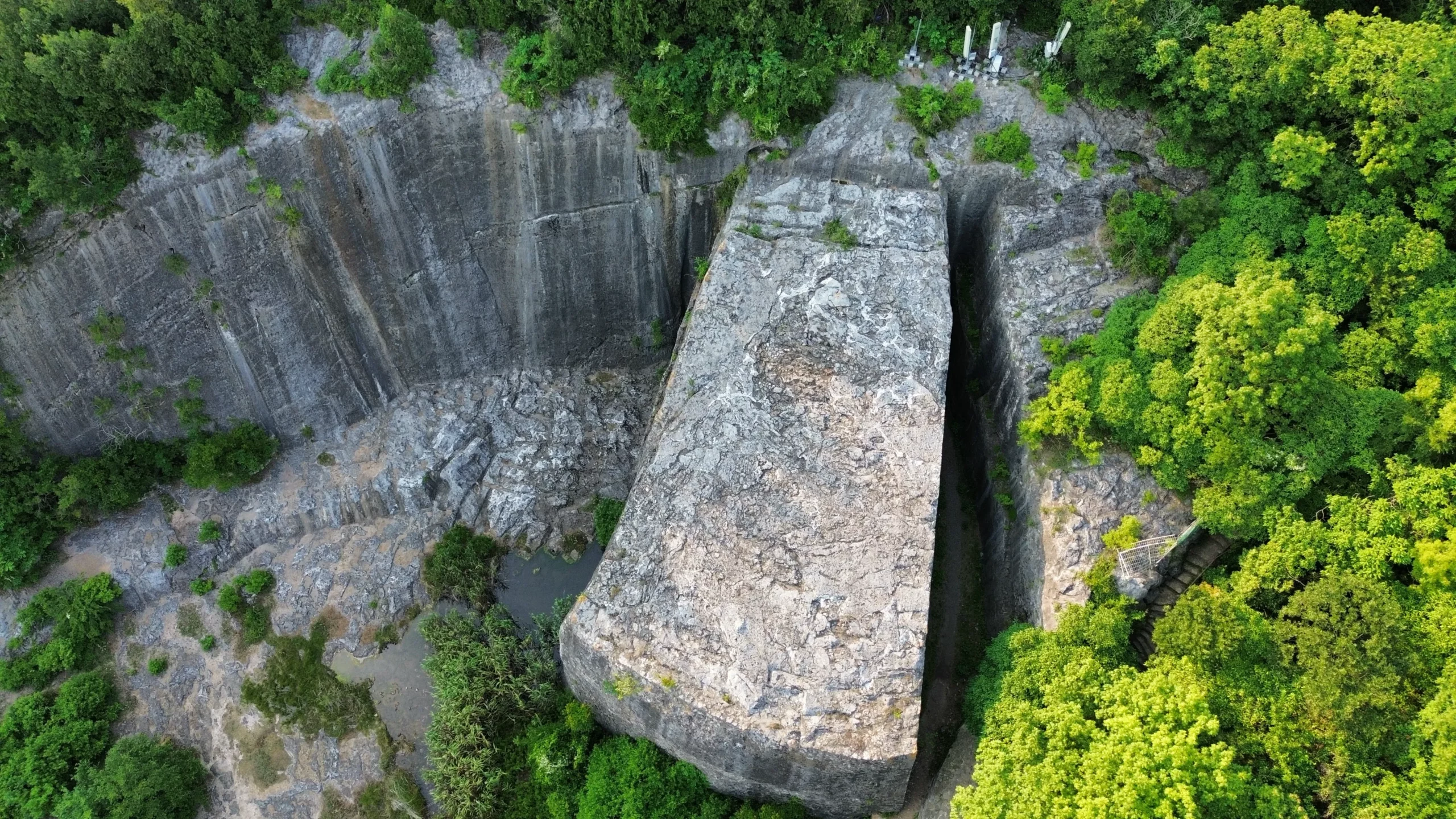
Yangshan Quarry FAQ
How old is the Yangshan Quarry?
The Yangshan Quarry, located near Nanjing, China, dates back to the early Ming Dynasty. It was established in 1405 AD during the reign of the Yongle Emperor. This makes the quarry approximately 619 years old as of 2024.
